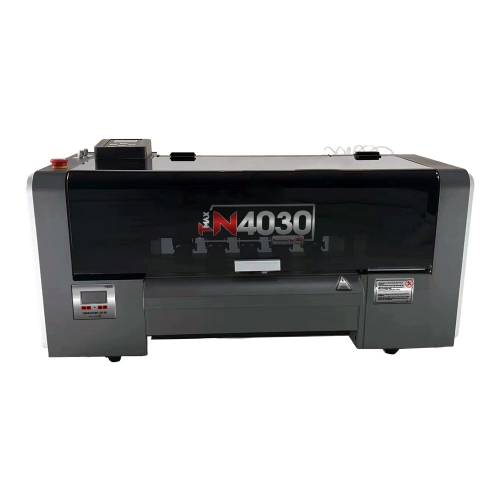
In the ever-evolving world of custom apparel, one technology has emerged as a game changer: DTF printing. Known for its vibrant colors and exceptional durability, DTF or Direct to Film printing offers a fresh approach for individuals and businesses looking to make a unique statement through clothing. With the ability to transfer intricate designs onto various fabrics, this innovative printing method opens the door to limitless creative possibilities.
The magic of DTF printing lies in its versatility and efficiency. Using an imprimante DTF, users can produce high-quality prints that adhere seamlessly to garments, making it an attractive option for fashion enthusiasts, small business owners, and hobbyists alike. As we delve deeper into the world of DTF printing, we will explore how this technology allows anyone to unleash their creativity and bring their custom apparel visions to life.
Understanding DTF Printing
DTF printing, or Direct to Film printing, has emerged as a revolutionary technique in the custom apparel industry. This process involves printing designs onto a special film, which is then transferred onto fabric using heat and pressure. Unlike traditional methods, DTF printing allows for vibrant colors and intricate details to be reproduced with remarkable accuracy. This versatility makes it an attractive option for apparel businesses looking to offer unique, high-quality products.
One of the standout features of an imprimante DTF is its ability to work on a wide range of fabrics, including cotton, polyester, and blends. This adaptability ensures that creators can explore various materials without worrying about compatibility issues. Furthermore, the inks used in DTF printing are designed to adhere effectively to different surfaces, resulting in durable prints that withstand washing and wear.
The DTF printing process also provides an efficient workflow, which is particularly beneficial for small businesses and startups. dtg printing With minimal setup time and lower production costs, an imprimante DTF allows for quicker turnaround times. This efficiency empowers entrepreneurs to respond to customer demands swiftly, making it easier to experiment with designs and expand their product offerings in the competitive custom apparel market.
Benefits of DTF for Custom Apparel
DTF printing offers unparalleled versatility for custom apparel, allowing for a wide range of fabric types and colors. Unlike some traditional printing methods that may be limited to cotton or light-colored fabrics, DTF can be applied to various materials, including polyester and blends. This adaptability opens up possibilities for creators to expand their product offerings, catering to diverse customer preferences and fashion trends.
One of the standout advantages of DTF printing is the vibrant color reproduction it provides. The technology utilizes high-quality inks that ensure designs are bright and eye-catching, directly enhancing the visual appeal of the apparel. This capability is particularly beneficial for designs that contain intricate details or gradients, allowing artists and brands to showcase their creativity without compromising on quality.
Additionally, DTF prints are known for their durability and wash resistance. The prints bond effectively to the fabric, resulting in designs that can withstand regular wear and repeated laundering without fading or peeling. This longevity not only boosts customer satisfaction but also enhances the value proposition for businesses investing in custom apparel, as they can offer products that stand the test of time.
Tips for Successful DTF Projects
To achieve the best results with your DTF printing projects, start with high-quality graphics. Ensure the artwork is in the correct resolution and color profile to avoid pixelation and color discrepancies. Using vector files can also enhance the sharpness and scalability of your designs. Before printing, always perform a test print on regular paper to assess how the colors appear and make any necessary adjustments.
When preparing your garment for printing, proper pre-treatment is essential. Ensure that the fabric is clean and free from dust or oils, as this can affect adhesion. Additionally, pre-pressing the material can eliminate moisture and wrinkles, providing a smooth surface for the DTF transfer. Consider using a heat press for uniform temperature distribution, which will help in achieving vibrant colors and durability.
Lastly, pay attention to the curing process. After applying the DTF transfer, ensure that you follow the recommended heat and time settings for your specific DTF printer and transfer film. This step is critical in bonding the ink to the fabric effectively. Once cured, allow the garment to cool completely before handling to ensure that the transfer adheres properly and resists peeling or cracking over time.